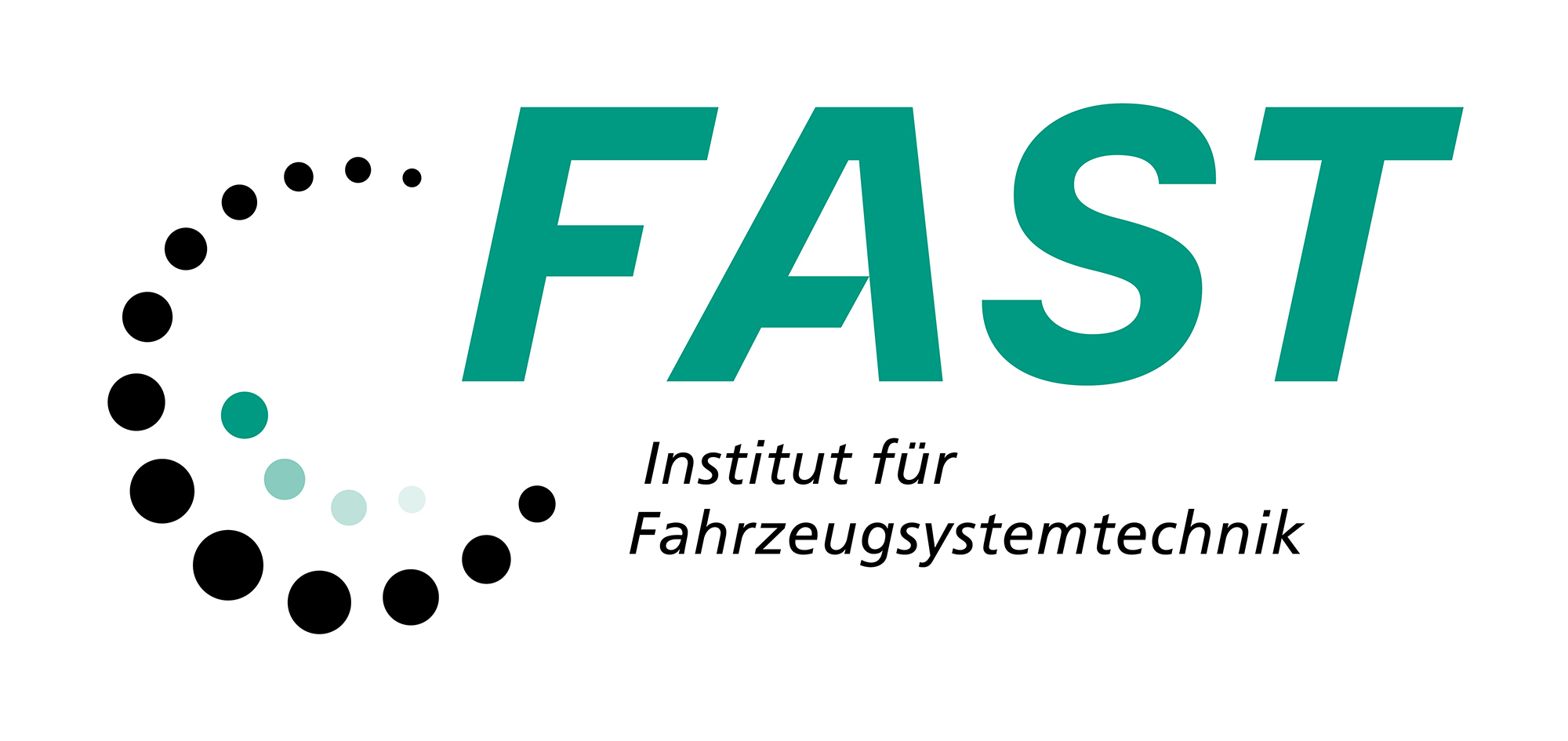KIT Future Fields - Hybrid²PaM
- Contact:
- Partner:
KIT, Institut für Angewandte Materialien (IAM); KIT, Institut für Produktionstechnik (wbk)
- Startdate:
07/2020
- Enddate:
06/2021
Process and material hybridization for additive in-situ manufacturing of multifunctional polymer-metal structural components (Hybrid²-PaM).
In this project, a material hybridization of polymers and metals is to be made possible through a hybridization of additive manufacturing processes (Hybrid2-PaM). In this process, a hybrid component is produced by direct design generation of both material systems in the additive manufacturing process (AM). According to the current state of research, it has not yet been possible to print both materials simultaneously using AM due to the strongly differing process conditions. In order to realize an in-situ hybridization with parallel material build-up, this project integrates powder bed fusion (LPBF) and fused filament fabrication (FFF) AM processes in one build space (Fig. 1).
Fig. 1: In-situ AM for polymer-metal hybridization; a) Layer-by-layer production of the metal component by melting metal powder; b) Parallel production of the components from metal and polymer; c) Layer-by-layer production of the metal component by melting metal powder.
For an in-situ hybridization, there are process-technological, material-technological as well as simulation-based questions regarding process control and machine integration, material and interface properties as well as virtual process and material development. In the Hybrid²PaM project, a detailed analysis of these issues and a first prototypical realization of an in-situ LPBF-FFF process for polymer and metal will be carried out. Based on the results, fundamental research needs for the realization and optimization of additive in-situ manufacturing processes of hybrid structural components will be identified and evaluated. Thus, the AM of hybrid components beyond the laboratory scale in industrially relevant applications shall be enabled.
As part of the project, the Lightweight Construction Technology section of FAST is working on the virtual mapping and design of the in-situ process in order to achieve a high component quality with the shortest possible cycle time while conserving resources and avoiding polymer degradation. Particular attention is paid to the solidification behavior of both materials and to checking that the polymer is not exposed to excessively high temperatures. Another important aspect is the prediction of component distortion and residual stresses in order to evaluate the component condition. With knowledge of the stress state at the interface, the interface behavior can be modeled more accurately.
Fig. 2: Simulation of an LBPF and FFF process; a) heat input by the laser during an LPBF process; b) simulation of polymer extrusion during an FFF process.



